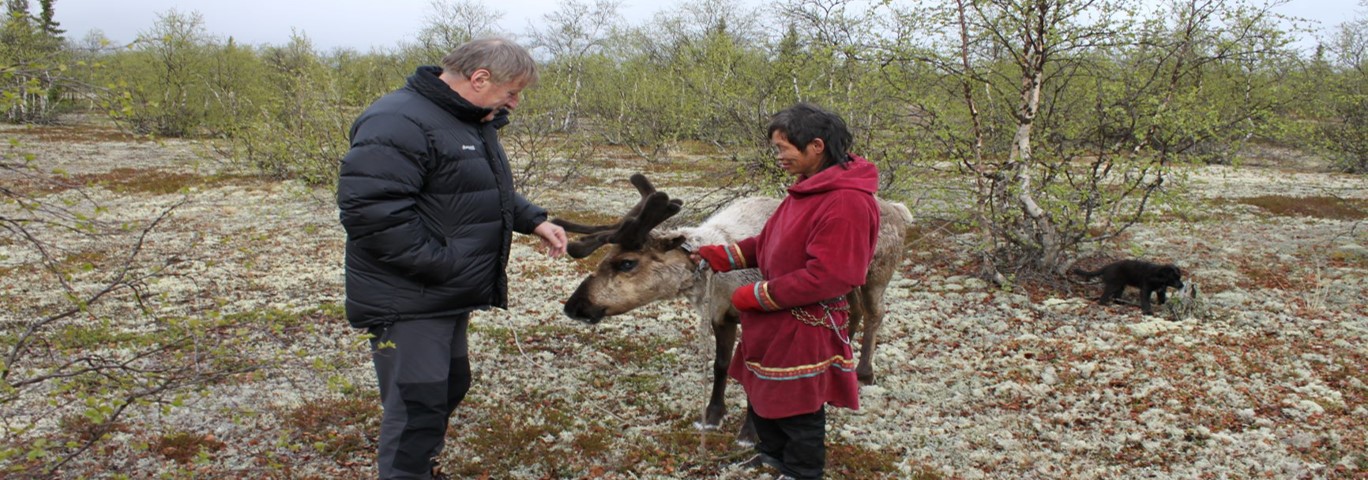Arctic indigenous communities endured many forced lifestyle changes during the last decades. These changes are especially related to indigenous mental health. Many factors during colonial and post-colonial history created several health problems like addiction, depression, and suicides.
Mulvad concluded that Indigenous peoples use multifactorial processes to define and understand the circumstances of their life, rather than taking a problem-specific approach. Many behavioral differences between Indigenous and non-Indigenous populations are based on their different cultural values, and any damage to or pressure on the cultural values of Indigenous peoples may lead to an increase in depression, violence, addiction problems, and suicides. Over the past two hundred years, around and within Indigenous communities, traditional ways of life have been slowly destroyed.
At the end of this lecture students will be able to:
- Understand the role of colonial and post-colonial history events in lifestyle changes and mental health of indigenous people in the Arctic.
- Understand the relevance of alcohol in suicides among the indigenous people.
- Define the risk-factors and protective factors of suicides in the indigenous people.
Regional Perspectives on Mental Wellness Interventions in Various Settings
Suicides in the Indigenous and Non-indigenous Populations in the Nenets Autonomous Okrug
This articles describes suicide rates in the indigenous and non-indigenous populations of the Nenets Autonomous Okrug (NAO) in 2002 - 2012, as well as associated socio-demographic characteristics. Suicide rates in the NAO were substantially higher among the indigenous Nenets population than the non-indigenous population, and were associated with different socio-demographic characteristics.
Variations in suicide method and in suicide occurrence by season and day of the week in Russia and the Nenets Autonomous Okrug, Northwestern Russia: a retrospective population-based mortality study
Comparative Review of Circumpolar Health Systems
Arctic Human Development Report (AHDR)
The goals of this report are to provide an update to the first AHDR (2004) in terms of an assessment of the state of Arctic human development; to highlight the major trends and changes unfolding related to the various issues and thematic areas of human development in the Arctic over the past decade; and, based on this as- sessment, to identify policy relevant conclusions and key gaps in knowledge, new and emerging Arctic success stories, and important AHDR-II follow-up activities.
AMAP Assessment 2015: Human Health in the Arctic
The 2015 Human Health Assessment Report follows three previous AMAP assessments on human health (AMAP 1998, 2003, 2009) and represents the current knowledge base after 25 years of focused study. This report includes new knowledge, updates and fills information gaps identified in past reports, and focuses attention on the most recent integrated scientific knowledge related to environmental contaminants and human health. It does not update information concerning the levels and effects of radioactivity and UV-radiation; these topics were addressed in the first comprehensive AMAP Assessment Report (AMAP 1998). The AMAP 2015 collects and discuss all the data from the relevant cohorts and surveys carried out in Inuits groups of Alaska, Canada and Greenland. It describes the projects, the results as the levels of contaminants found in the areas, the health that these contaminants can cause, future risks, and risk communication.
Demographics and Health Status of Arctic Populations
Impact of Climate Change and Environmental Pollution on Population Health in the Arctic
Indigenous Mental Health and Wellbeing in Transition
The Circumpolar Health Observatory
The Circumpolar Health Observatory (CircHOB) is an international collaborative health information system, involved in systematic, standardized, and consistent data collection and analysis. In addition to aggregating online and print resources, CircHOB is population-based, and produces data for all northern regions in all circumpolar countries. CircHOB’s purpose is to monitor trends and patterns in health status, health determinants, and health care, provides qualitative and quantitative evidence for planning and evaluation of health programs and services. It is on-going and sustainable with periodic updates.



